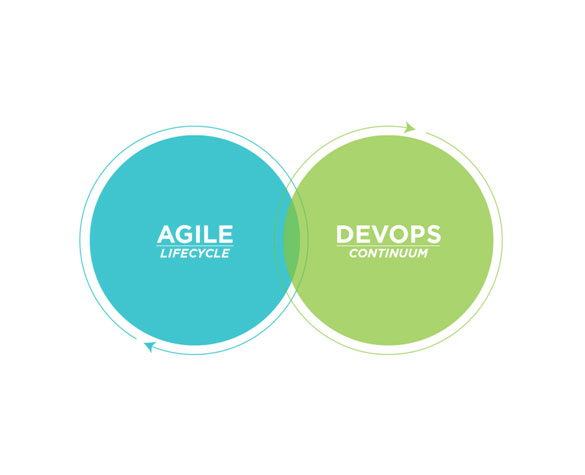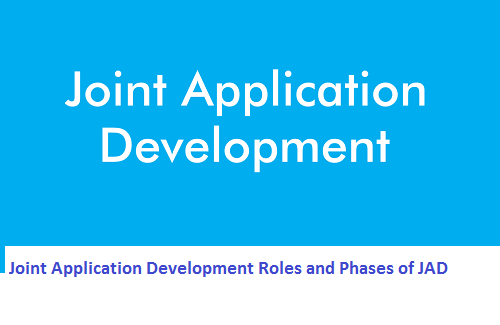 What is Agile Development?
What is Agile Development?
Agile is a software development methodology to build software incrementally using short iterations of 1 to 4 weeks so that the development is aligned with the changing business needs. Agile is a term used to describe software development approaches that employ continual planning, learning, improvement, team collaboration, evolutionary development, and early delivery. It encourages flexible responses to change. Contact Sovereign software for Agile Development services.
Agile is an approach to software development that seeks the continuous delivery of working software created in rapid iterations. In practical terms, agile software development methodologies are all about delivering small pieces of working software quickly to improve customer satisfaction. These methodologies use adaptive approaches and teamwork to focus on continuous improvement. Usually, agile software development consists of small, self-organizing teams of software developers and business representatives regularly meeting in person throughout the software development life cycle. Agile favors a lightweight approach to software documentation and embraces—rather than resists—changes at any stage of the life cycle.
By adopting the Features and Advantages of Agile DevelopmentMethodology, organizations are experiencing great success in meeting the fast-paced change of customer needs, offering an iterative approach to the design and development of software. The Agile Software allows delivering working software quickly and more frequently, allowing teams to break the lengthy requirements, builds, and test phases down into smaller segments.
Features of Agile Development Process
• Sprints: It is an iterative development cycle, where requirements are refined regularly by breaking down the work into small and digestible chunks.
• Scrum Meetings: It is a highly collaborative working style of the team.
• The agile development process results in an ‘inspect and adapt’ approach with internal and external stakeholders by reviewing products and services frequently.
• Due to open interaction with investors and other stakeholders and the project management process, the transparent process may be applied by online Agile Project Management tools like Team Foundation Service, Jira, Trello, Kanbanzie, and others.
Advantages of Agile Development
Continuous Improvement: To improve the future iteration, throughout the whole project, agile encourages feedback from users and team members.
Change is Embraced: As the planning cycles are shorter, it is easy to accept changes and accommodate them at any point in time throughout the project.
End-Goal can be Unknown: For that kind of software development project where the end-goal is not defined, Agile is very beneficial. The goals will come to light as the project processes.
Faster, High-Quality Delivery: The team focuses on high-quality development, collaboration, and testing, by breaking down the project into manageable units. The bugs get identified and solve more quickly by conducting testing during each iteration.
Strong Team Interaction: To take responsibility and own parts of the project, Agile highlights the importance of team working together with frequent communication and face-to-face interaction.
Customers are heard: By working very closely with the project team, customers can gain a sense of ownership and have a real impact on the end product by getting many opportunities to see the work being delivered and share their input.









